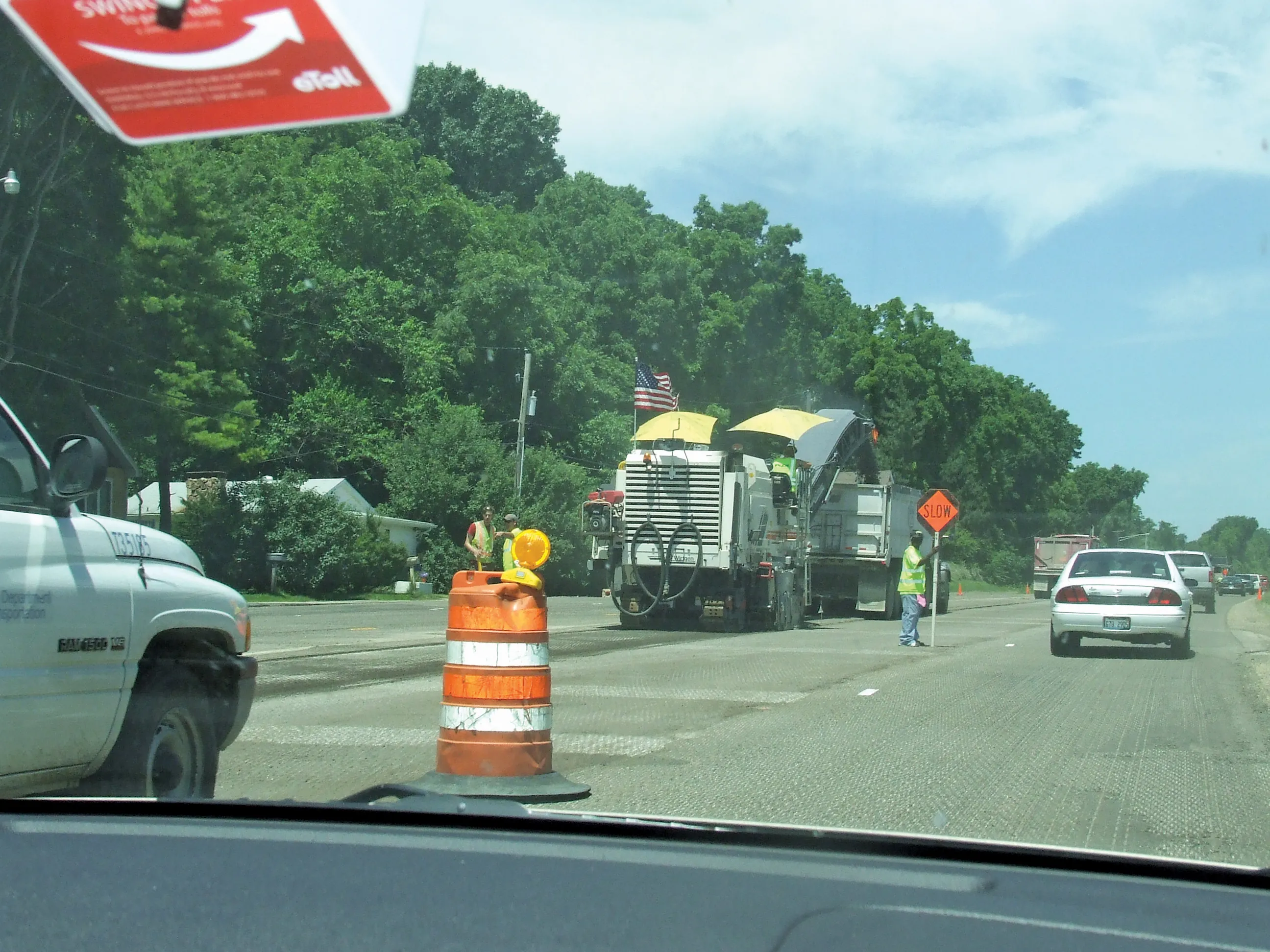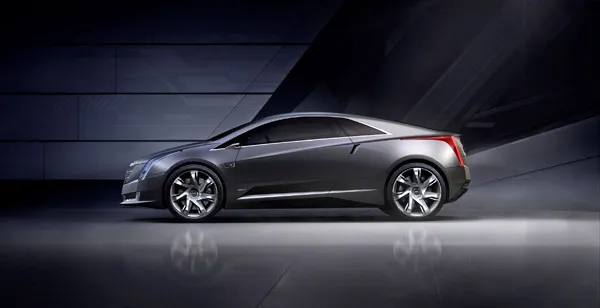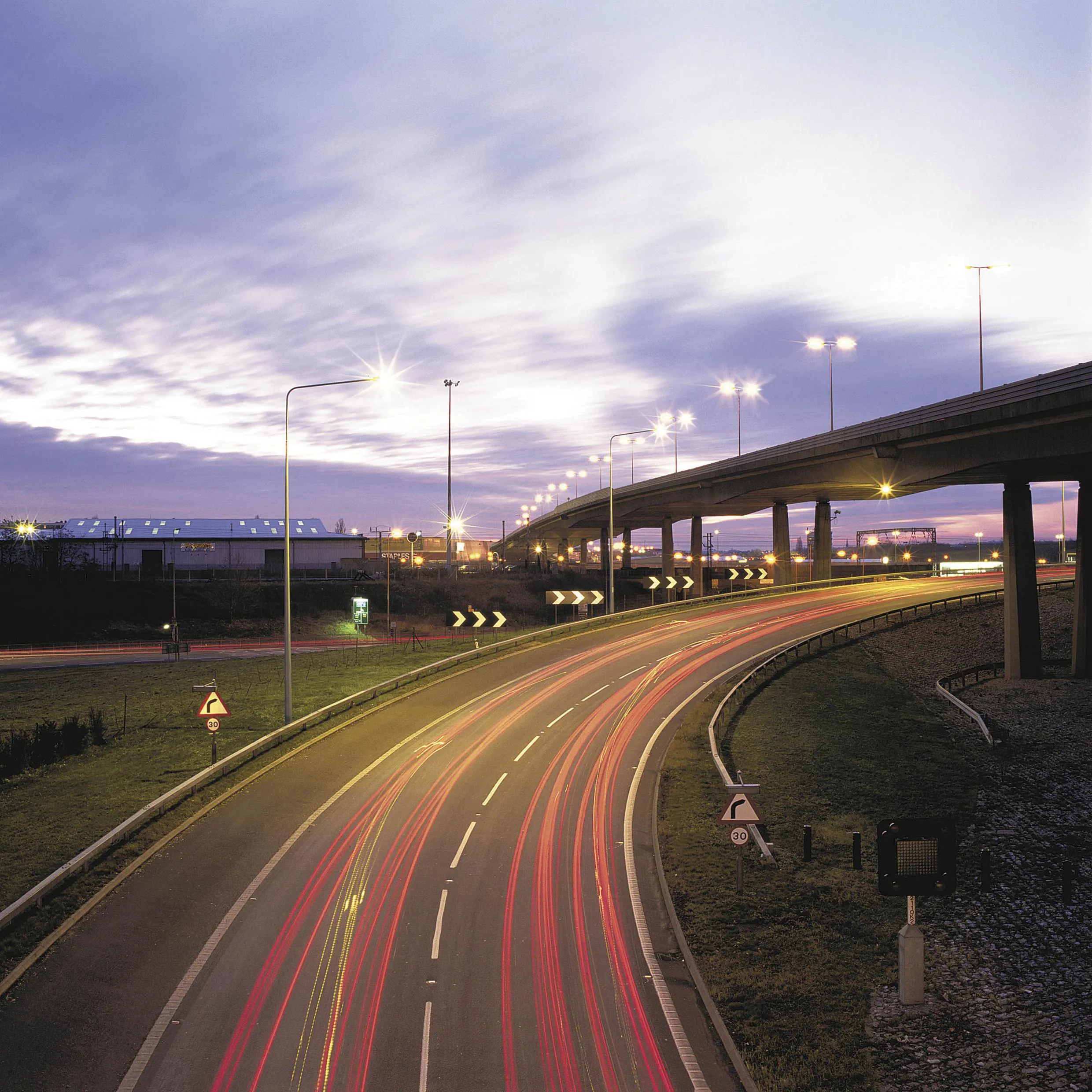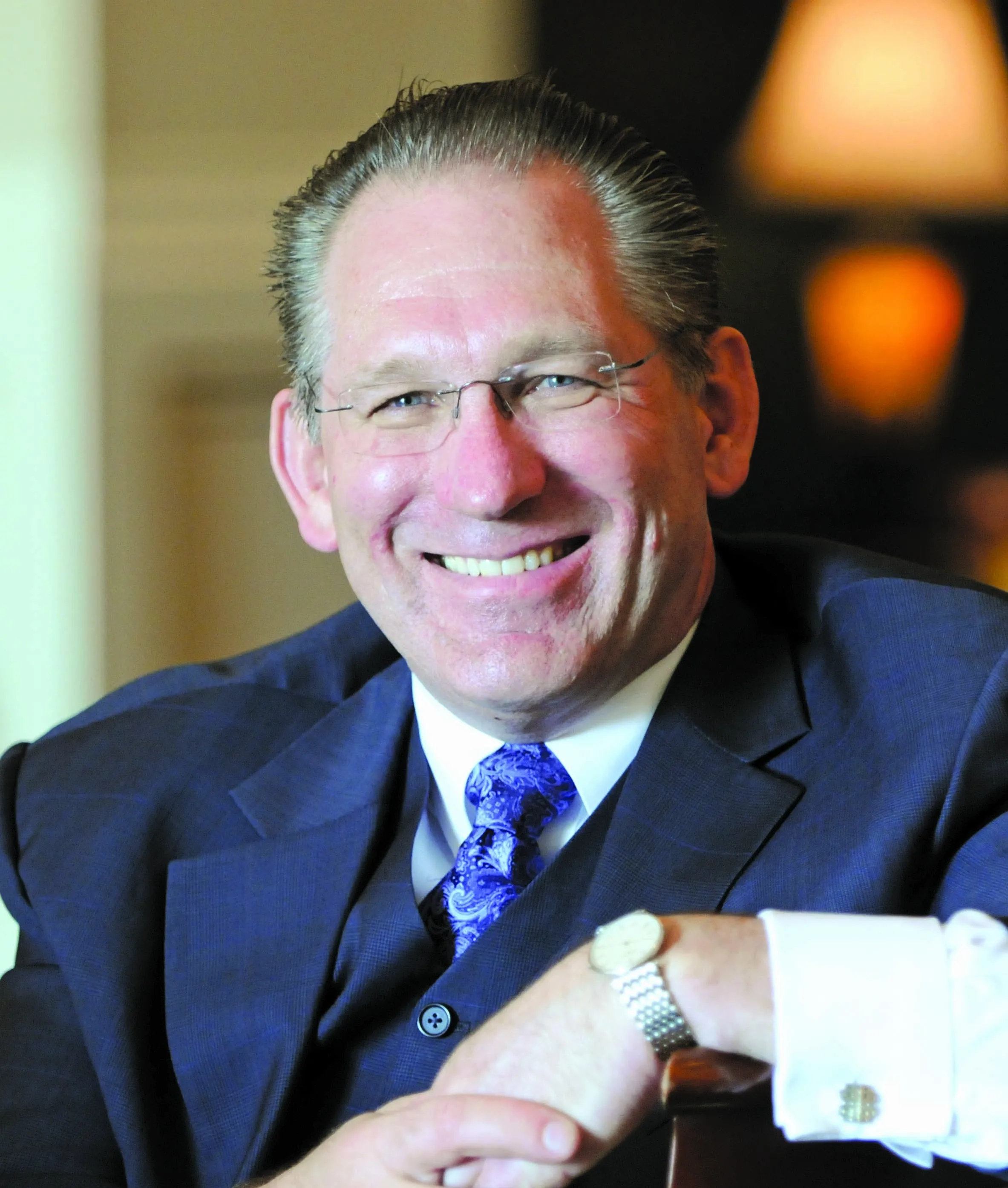The US Interstate network needs serious investment, and tolling could provide the answer - *Bob Poole writes Could the ageing US Interstate highway system be rebuilt and modernised using toll finance? What kind of toll rates would this require? How feasible would doing this be? In September the Reason Foundation released a study on this issue. The study showed that it may be feasible to finance the reconstruction and selective widening of nearly the entire Interstate system using moderate toll rates collect
November 13, 2013
Read time: 3 mins

The US Interstate network needs serious investment, and tolling could provide the answer - *Bob Poole writes
Could the ageing US Interstate highway system be rebuilt and modernised using toll finance? What kind of toll rates would this require? How feasible would doing this be? In September the Reason Foundation released a study on this issue. The study showed that it may be feasible to finance the reconstruction and selective widening of nearly the entire Interstate system using moderate toll rates collected via all-electronic tolling (AET). Nationwide, the net present value (NPV) of toll revenue equalled 99% of the NPV of the US$1 trillion cost.
More interesting is the state-by-state assessment. Separate analysis was done for each state, with all the data on route-miles, lane-miles, and unit costs provided by the2410 Federal Highway Administration (FHWA). To estimate traffic and revenue, the study relied on estimates of annual vehicle miles of travel (VMT) growth rates derived from recent modeling at US DOT’s Volpe Center, with separate growth rates for light vehicles and heavy vehicles for each state. For the basic tolling model, the study used 3.5¢/mile for cars and 14¢/mile for trucks, adjusted annually by an assumed CPI increase of 2.5%.
In the state-by-state toll-feasibility analysis, 30 of the 50 states had NPV of revenues greater than NPV of costs using the baseline toll rates. Of those 30, nine (mostly southern and western states) could use the tolling model with somewhat lower rates than the baseline. Another nine had ratios of 80-90%, suggesting they would need slightly higher toll rates than the baseline rates. Five heavily urbanised states with high construction costs would need significantly higher toll rates, but not out of line with those now charged on new urban toll roads. There left just six problem states, where toll-financed Interstate
modernisation would be a stretch, mostly mountainous states (high costs) with low traffic. In five of these car tolls of 6-10¢/mile would likely be needed and truck tolls of 25-40¢/mile. These high charges may not be deemed acceptable in those states. Only Alaska, with an NPV ratio showing baseline toll revenues covering only 24% of the cost, appears clearly not toll-feasible.
The study assumed the use of value-added tolling. That means tolling would be applied only when an Interstate corridor has been reconstructed (and widened, if necessary). In addition, assuming fuel taxes are still in existence at the time tolling begins, it might be reasonable that those paying the tolls on the modernised Interstate be given rebates for the fuel taxes they pay for driving those specific miles (easy to do with an AET system).
The study makes only one major policy recommendation: that US Congress allow tolling of Interstates for the specific purpose of reconstruction and widening, with the toll revenues used only for those purposes (Plus operating and maintenance costs). This would essentially constitute mainstreaming of the existing three-state pilot programme for Interstate reconstruction using toll finance, broadening it (1) to all states and DC, and (2) to apply to all the Interstates in a state, not just a single project in each.
(%$Linker:2 External <?xml version="1.0" encoding="utf-16"?><dictionary /> 0 0 0 oLinkExternal http://reason.org/studies/show/modernizing-the-interstate-highway modernizing the interstate-highway false http://reason.org/studies/show/modernizing-the-interstate-highway false false %>)
Looking further afield, the problems the US Interstate system is having at present with regard to providing sufficient funding can be seen in many other developed nations. Tolling could become a much bigger part of the transportation funding for the future in the developed west. It is worth noting too how many of the developing nations, such as Brazil and Russia, are using the tolling model for their new highway developments.
Could the ageing US Interstate highway system be rebuilt and modernised using toll finance? What kind of toll rates would this require? How feasible would doing this be? In September the Reason Foundation released a study on this issue. The study showed that it may be feasible to finance the reconstruction and selective widening of nearly the entire Interstate system using moderate toll rates collected via all-electronic tolling (AET). Nationwide, the net present value (NPV) of toll revenue equalled 99% of the NPV of the US$1 trillion cost.
More interesting is the state-by-state assessment. Separate analysis was done for each state, with all the data on route-miles, lane-miles, and unit costs provided by the
In the state-by-state toll-feasibility analysis, 30 of the 50 states had NPV of revenues greater than NPV of costs using the baseline toll rates. Of those 30, nine (mostly southern and western states) could use the tolling model with somewhat lower rates than the baseline. Another nine had ratios of 80-90%, suggesting they would need slightly higher toll rates than the baseline rates. Five heavily urbanised states with high construction costs would need significantly higher toll rates, but not out of line with those now charged on new urban toll roads. There left just six problem states, where toll-financed Interstate
modernisation would be a stretch, mostly mountainous states (high costs) with low traffic. In five of these car tolls of 6-10¢/mile would likely be needed and truck tolls of 25-40¢/mile. These high charges may not be deemed acceptable in those states. Only Alaska, with an NPV ratio showing baseline toll revenues covering only 24% of the cost, appears clearly not toll-feasible.
The study assumed the use of value-added tolling. That means tolling would be applied only when an Interstate corridor has been reconstructed (and widened, if necessary). In addition, assuming fuel taxes are still in existence at the time tolling begins, it might be reasonable that those paying the tolls on the modernised Interstate be given rebates for the fuel taxes they pay for driving those specific miles (easy to do with an AET system).
The study makes only one major policy recommendation: that US Congress allow tolling of Interstates for the specific purpose of reconstruction and widening, with the toll revenues used only for those purposes (Plus operating and maintenance costs). This would essentially constitute mainstreaming of the existing three-state pilot programme for Interstate reconstruction using toll finance, broadening it (1) to all states and DC, and (2) to apply to all the Interstates in a state, not just a single project in each.
(%$Linker:
Looking further afield, the problems the US Interstate system is having at present with regard to providing sufficient funding can be seen in many other developed nations. Tolling could become a much bigger part of the transportation funding for the future in the developed west. It is worth noting too how many of the developing nations, such as Brazil and Russia, are using the tolling model for their new highway developments.








